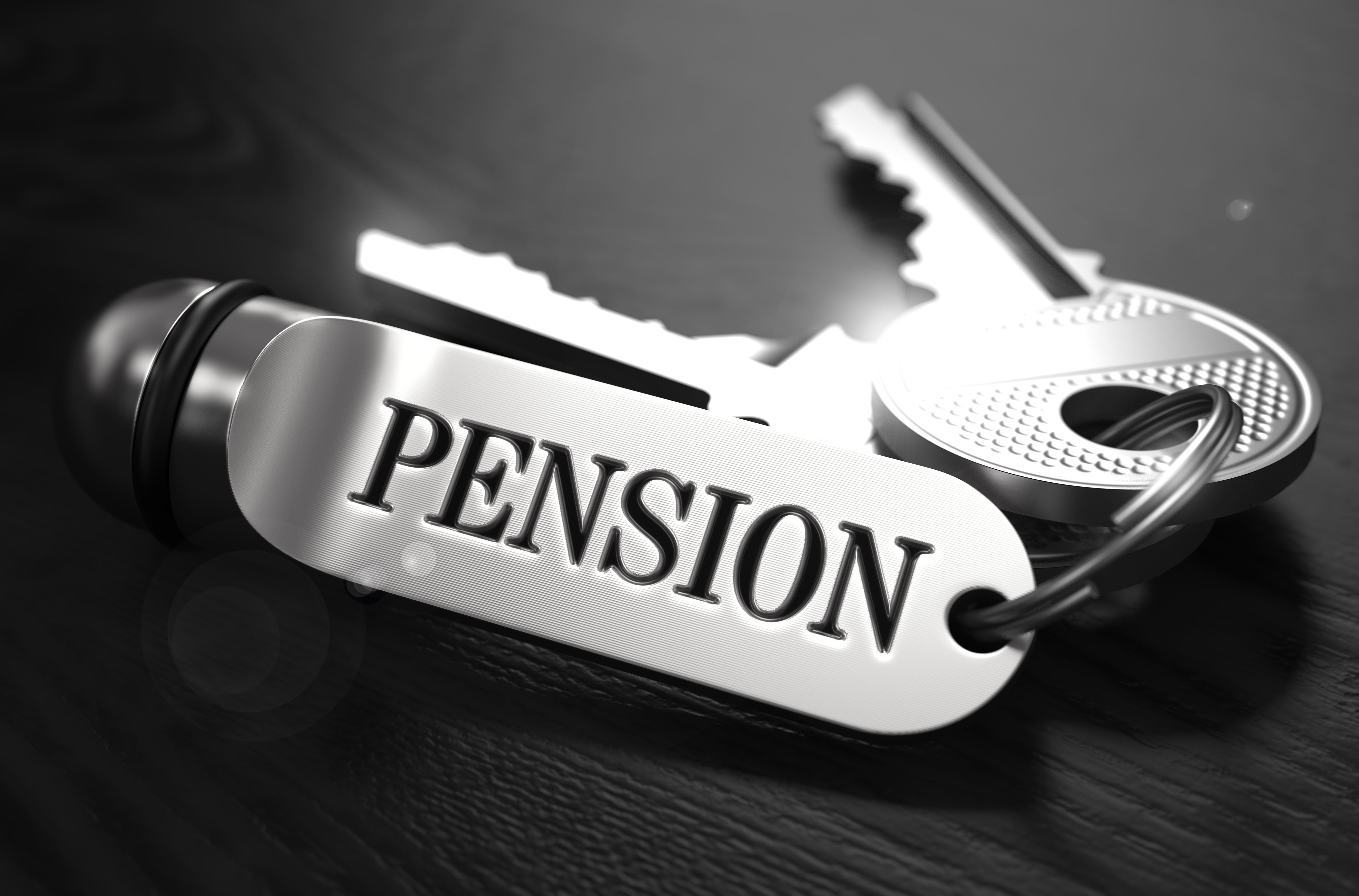Money Tips
How to navigate your annual allowances in 2017

Annual allowances can seem very confusing at first glance, but it doesn’t have to be this way. Here are six handy tips to help you navigate your way through the tricky landscape of annual allowances.
1. What is it?
Put simply, annual allowances dictate the amount of savings an individual can build up in their pension pot before they are taxed on it. The basic annual allowance is £40,000
2. Carry it over
If you don’t use your whole allowance one tax year, you can carry it over to the next. Annual allowances can be carried over for up to three years – so long as you have the earnings to support the contribution and have been a member of a registered pension scheme in all of the relevant tax years.
3. Take advantage of your employer’s contributions
If you don’t have enough relevant UK earnings to support the contribution, you can ask your employer to make contributions on your behalf. Although your contributions are restricted by earnings, your employer’s contributions are not.
4. Using your pensions freedoms can affect your annual allowance
The Money Purchase Annual Allowance (MPAA) was introduced in 2016 and reduces your annual allowance to £4,000 if you access your pension using any of the pension freedoms. When MPAA is triggered, it also means you will no longer be able to make use of any unused annual allowances from previous years.
5. Check if you are a member of a Defined Benefit scheme
If you are a member of a defined benefit pension scheme you will have an alternative annual allowance. This will be the remainder of the £40,000 allowance after your MPAA has been used. In practice, this means that once someone has triggered the MPAA, their annual allowance is still £40,000. However the maximum amount they can contribute in any of their money purchase agreements is £4,000.
6. Check your income
If you have an income of over £150,000 (including the value of any pension contributions) or an income of £110,000 (excluding pension contributions) your pension savings will be subject to the tapered annual allowance. If you fall into this income bracket, your annual allowance will reduce by £1 for every £2 of income over £150,000, subject to a minimum tapered annual allowance of £10,000.
Elliott Silk is the head of employee benefits at Sanlam